Creating a safe and nurturing environment for our feline companions involves more than just providing food, water, and shelter. As cat owners, we must also be vigilant about the plants we bring into our homes, as many common houseplants can pose a threat to the health and safety of our beloved pets. While plants often enhance the aesthetics of indoor spaces, some varieties contain toxins that can be harmful or even deadly to cats if ingested. Understanding the risks associated with toxic houseplants is crucial for safeguarding the well-being of our furry friends.
In this guide, we will explore the dangers posed by certain plants, common signs of toxicity in cats, and practical steps to create a cat-friendly environment free from potentially harmful flora. By becoming informed and proactive, we can ensure that our homes remain safe havens where our feline companions can thrive without unnecessary risk.
Lilies

Lilies are among the most perilous plants for cats, presenting a severe risk of toxicity if ingested. Even the smallest amount of any part of the plant, including the leaves, petals, stems, or pollen, can trigger devastating consequences for felines. The toxins found in lilies can lead to acute kidney failure in cats, manifesting as symptoms such as vomiting, diarrhea, loss of appetite, lethargy, and increased thirst and urination.
Unfortunately, by the time symptoms become apparent, irreversible damage may have already occurred, making immediate veterinary attention imperative. Due to the severity of their toxicity, lilies should be strictly avoided in households with cats, both indoors and in outdoor garden spaces, to prevent accidental ingestion and potentially fatal outcomes.
Azaleas and Rhododendrons
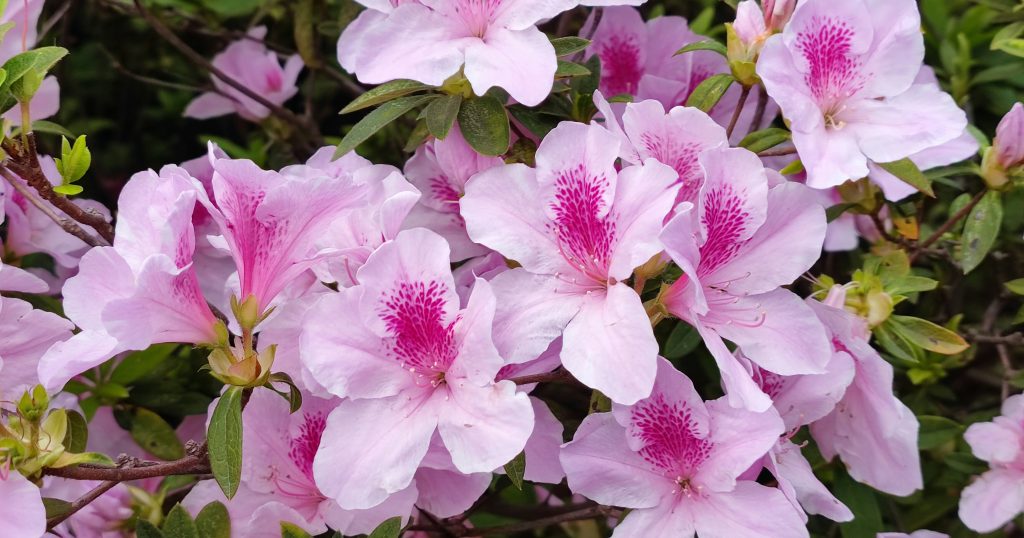
Azaleas and rhododendrons, while cherished for their vibrant blooms and lush foliage, harbor toxins that pose a significant threat to cats. These ornamental plants contain grayanotoxins, which, if ingested by felines, can lead to a range of severe symptoms. Cats may exhibit signs of toxicity such as vomiting, diarrhea, excessive drooling, weakness, and in severe cases, cardiac abnormalities and coma.
Prompt veterinary intervention is crucial if a cat is suspected of ingesting any part of an azalea or rhododendron plant. Due to the potency of their toxins and the potential for life-threatening consequences, it’s vital for cat owners to prevent access to these plants both indoors and outdoors, ensuring a safe environment for their furry companions.
Sago Palm
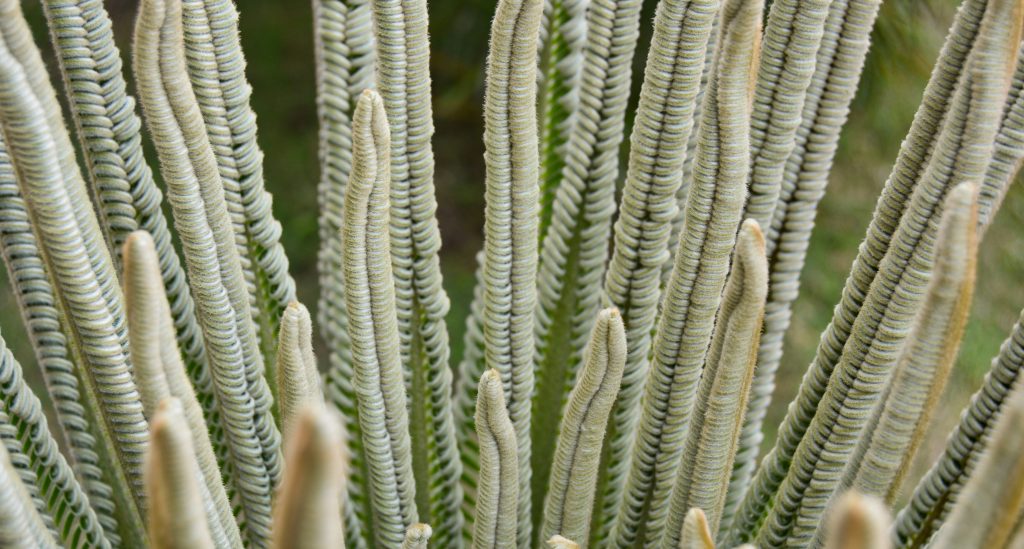
Sago palms, popular for their ornamental appearance and resilience, hide a dangerous secret for cats. All parts of the Sago palm, including the leaves, seeds, and roots, contain cycasin, a toxin that can cause severe and often fatal poisoning in cats if ingested. Symptoms of Sago palm toxicity in cats may include vomiting, diarrhea, lethargy, loss of appetite, jaundice, seizures, and liver failure. Even a small nibble on any part of the plant can lead to dire consequences for felines.
Given the seriousness of Sago palm toxicity, cat owners must take proactive measures to prevent their pets from accessing these plants, whether indoors as houseplants or in outdoor landscaping. Rapid veterinary intervention is crucial if ingestion is suspected, as timely treatment significantly improves the chances of a positive outcome for the affected cat.
Dieffenbachia

Dieffenbachia, commonly known as Dumb Cane, poses a significant risk to cats due to the presence of calcium oxalate crystals within its leaves. If a cat ingests any part of the Dieffenbachia plant, particularly the leaves or stems, it can lead to severe oral irritation and swelling. Symptoms may include drooling, difficulty swallowing, vomiting, and inflammation of the mouth and throat.
Ingestion of Dieffenbachia can cause considerable discomfort and distress for cats, and in some cases, it may even result in respiratory distress if the airway becomes obstructed due to swelling. Immediate veterinary attention is necessary if a cat is suspected of consuming Dieffenbachia to alleviate symptoms and prevent complications. As a precautionary measure, cat owners should keep Dieffenbachia plants out of reach of their feline companions to ensure their safety and well-being.
Philodendron

Philodendron plants are popular among indoor gardeners for their attractive foliage, but they can pose a significant danger to cats if ingested. The leaves of Philodendron contain insoluble calcium oxalate crystals, which are toxic to cats. When a cat chews or bites into a Philodendron leaf, it releases these crystals, causing irritation and swelling of the mouth, tongue, and throat.
Symptoms of Philodendron toxicity in cats may include drooling, excessive salivation, vomiting, and difficulty swallowing. While Philodendron toxicity is rarely fatal, it can cause significant discomfort and distress for affected cats. As a precautionary measure, cat owners should keep Philodendron plants out of reach of their pets or opt for safer, pet-friendly alternatives to ensure the well-being of their feline companions.
Pothos

Pothos, also known as Devil’s Ivy, is a popular and easy-to-care-for houseplant that adds greenery to indoor spaces. However, despite its aesthetic appeal, Pothos poses a potential hazard to cats if ingested. Like many other plants in the Araceae family, Pothos contains insoluble calcium oxalate crystals, which are toxic to cats.
When chewed or bitten, these crystals can cause irritation and swelling of the mouth, tongue, and throat, leading to symptoms such as drooling, excessive salivation, vomiting, and difficulty swallowing. While Pothos toxicity in cats is typically not life-threatening, it can cause discomfort and distress. To prevent accidental ingestion and ensure the safety of feline companions, it’s essential for cat owners to keep Pothos plants out of reach or consider choosing pet-safe alternatives for indoor greenery.
Elephant Ear
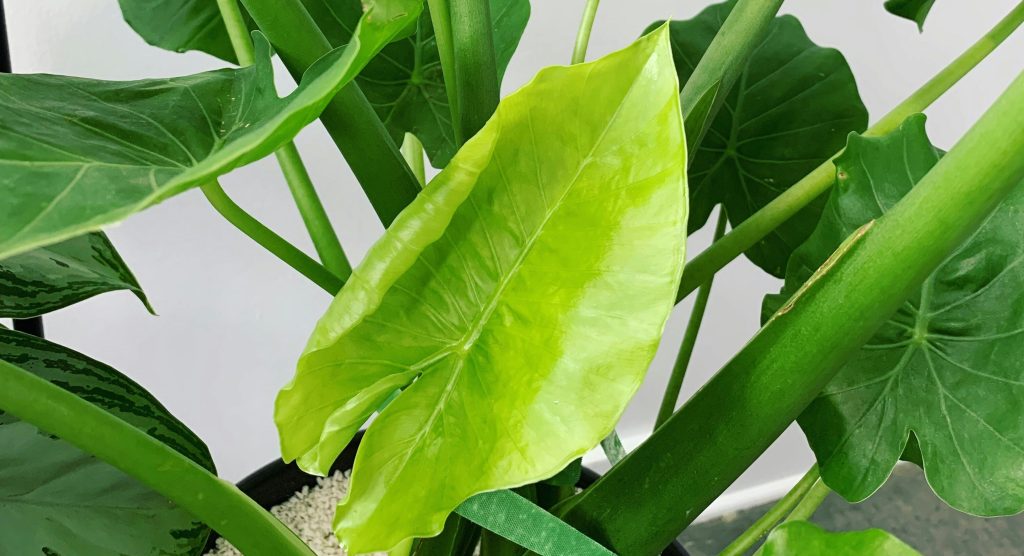
Elephant Ear plants, belonging to the genus Colocasia and Alocasia, are known for their striking large, arrow-shaped leaves and are often cultivated as ornamental houseplants. However, these plants can pose a significant threat to cats if ingested. Elephant Ear plants contain calcium oxalate crystals, which are toxic to cats. When a cat chews or bites into the leaves or stems of an Elephant Ear plant, it releases these crystals, causing irritation and swelling of the mouth, tongue, and throat.
Symptoms of toxicity may include drooling, excessive salivation, vomiting, and difficulty swallowing. While ingestion of Elephant Ear plants is rarely fatal, it can lead to significant discomfort and distress for affected cats. To prevent accidental ingestion and ensure the well-being of their feline companions, cat owners should keep Elephant Ear plants out of reach or opt for safer, pet-friendly alternatives for indoor greenery.
Yew
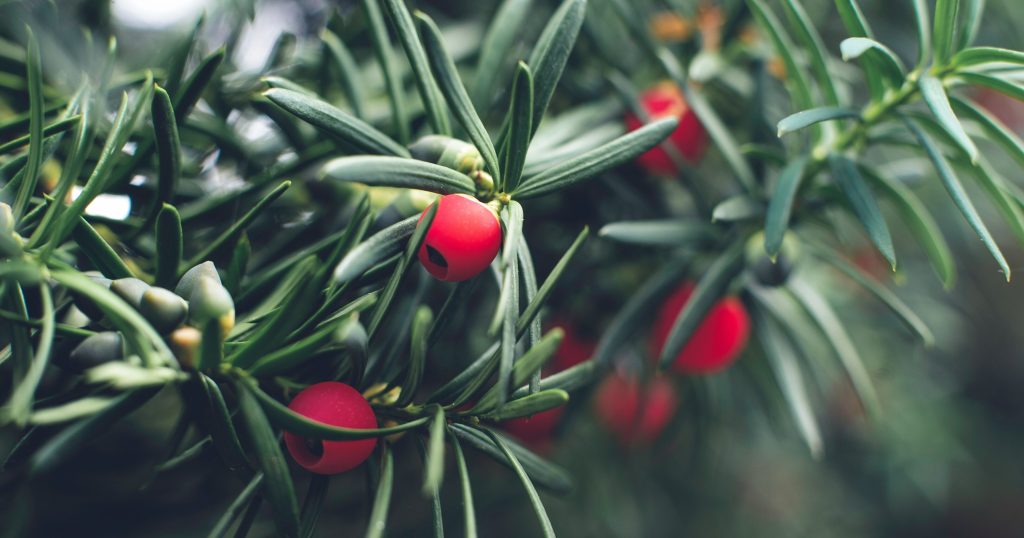
Yew plants, including the Japanese Yew and English Yew, are widely cultivated for their ornamental value in gardens and landscaping. However, these evergreen shrubs contain a potent toxin known as taxine, which poses a severe threat to cats if ingested. Even small amounts of any part of the yew plant, including the leaves, berries, or bark, can lead to symptoms of poisoning in cats.
These symptoms may include vomiting, diarrhea, difficulty breathing, seizures, and sudden death. Due to the rapid onset and severity of yew toxicity, immediate veterinary attention is crucial if a cat is suspected of ingesting any part of a yew plant. To safeguard the well-being of their feline companions, cat owners should refrain from planting yew shrubs in areas accessible to cats and take precautions to prevent accidental ingestion.
Castor Bean
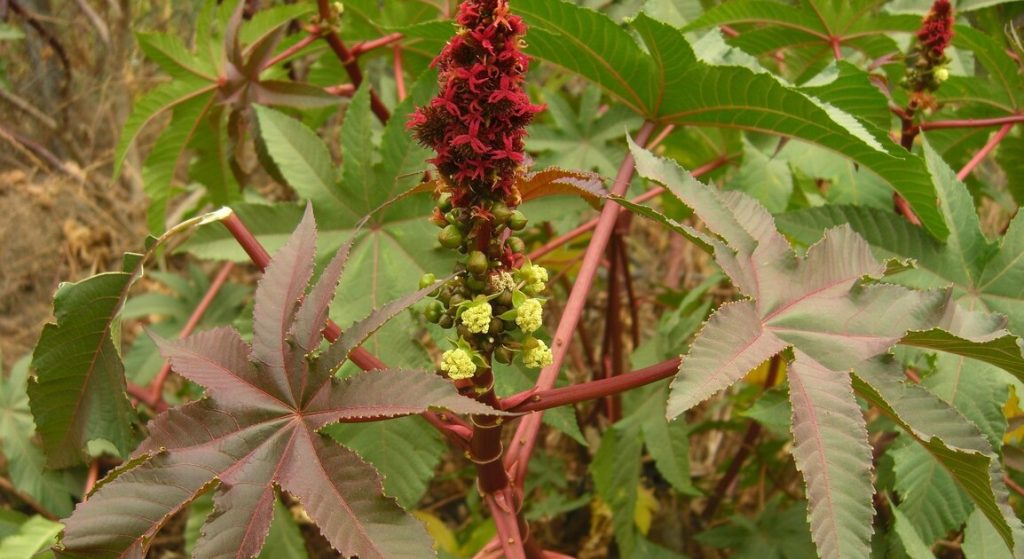
Castor Bean plants, scientifically known as Ricinus communis, contain a highly toxic substance called ricin in their seeds. This toxin poses a serious threat to cats if ingested, even in small amounts. Symptoms of ricin poisoning in cats can include severe abdominal pain, vomiting, diarrhea, dehydration, tremors, seizures, and potentially fatal complications. Due to the potency of ricin, immediate veterinary attention is essential if a cat is suspected of ingesting any part of a Castor Bean plant.
Cat owners should exercise caution when planting Castor Bean plants in outdoor spaces accessible to their feline companions and take measures to prevent accidental ingestion. Additionally, keeping cats indoors or supervising them closely while outdoors can help minimize the risk of exposure to toxic plants like Castor Bean.
Oleander
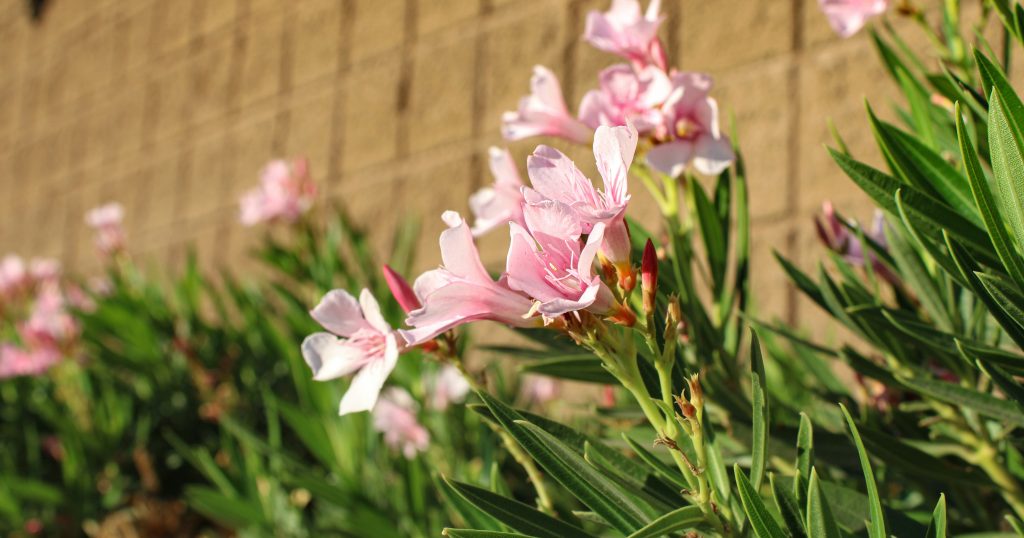
Oleander (Nerium oleander) is a highly toxic plant to cats, containing cardiac glycosides that can have serious consequences if ingested. Every part of the oleander plant, including the leaves, flowers, stems, and even the water in which it’s been standing, contains toxins that can affect the heart and gastrointestinal system of cats. Symptoms of oleander poisoning in cats include drooling, vomiting, diarrhea, abdominal pain, tremors, seizures, abnormal heart rhythm, and even death.
Due to the severity of its toxicity, oleander should be kept out of reach of cats, both indoors and outdoors. Cat owners should also be cautious when pruning or disposing of oleander plants, as even the smoke from burning oleander can be harmful. If ingestion is suspected, immediate veterinary attention is crucial to provide supportive care and increase the chances of a positive outcome for the affected cat.
These are just a few examples of plants that are toxic to cats. It’s essential for cat owners to familiarize themselves with the plants in their environment and ensure that any potentially toxic plants are kept out of reach of curious felines. If you suspect your cat has ingested a toxic plant, contact your veterinarian or an animal poison control center immediately for guidance and assistance.













